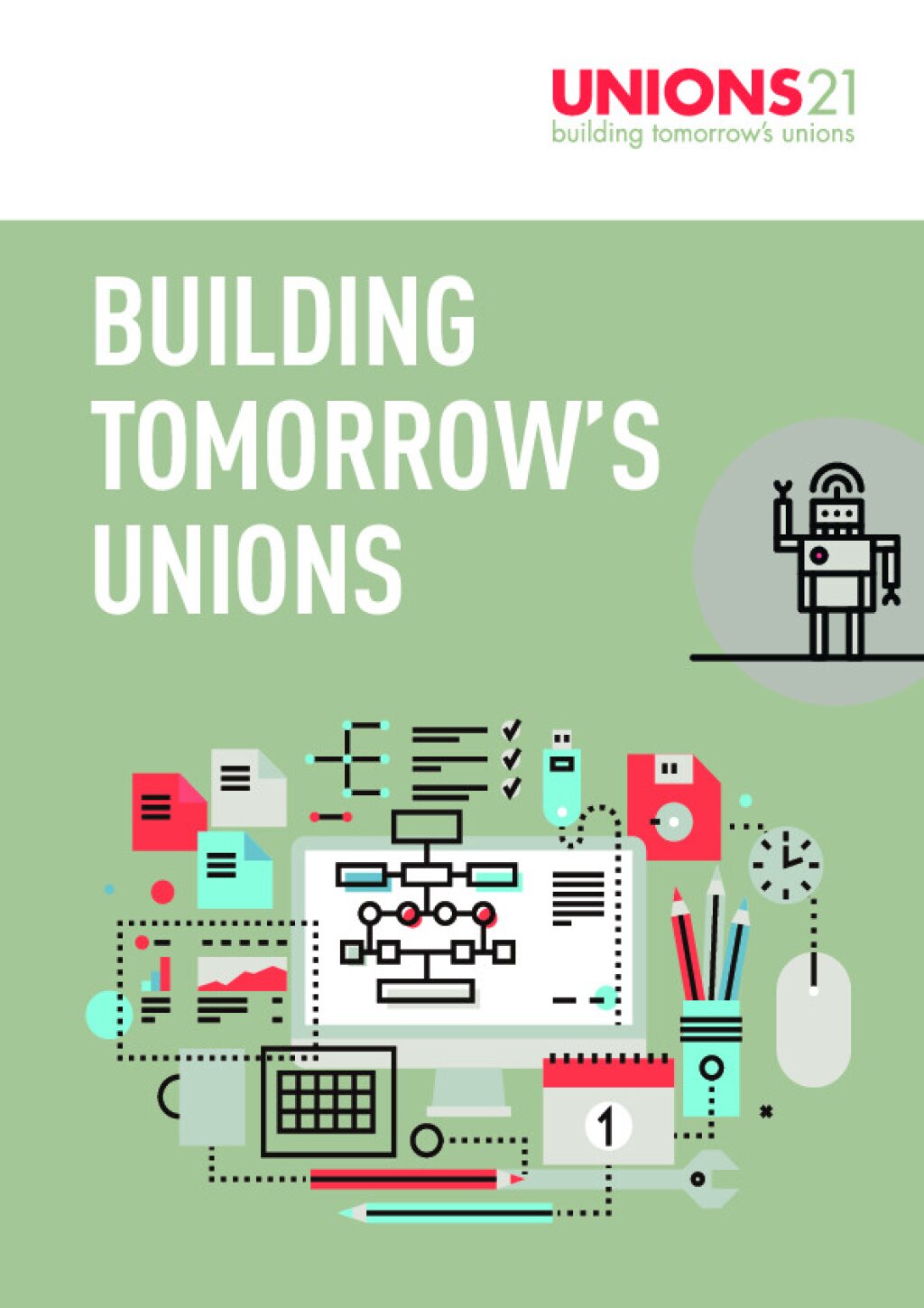By Kathleen Christie | 4 min
Campaigners are an action-orientated bunch. It goes with the territory of anger at social problems and a desire to provide positive solutions – campaigning for fair pay for nurses, teachers and others who work hard to deliver good public services being a recent case in point. Running a campaign should implicitly involve assessing its impact and yet this is often the elephant in the room – the bit which many campaigners I know feel ‘too busy to tackle’.
Some useful approaches exist to make the process less painful. Here are six approaches you might find useful in tackling the impact elephant.
4 key questions to determine impact
If you take nothing else away from this blog, make a note of these key questions for quick reflection later. Even better, build them into the planning for your next campaign:
1. What has changed?
2. For whom?
3. How lasting is this change for different target groups?
4. What – if anything did my union’s campaign contribute?
Be realistic about your contribution to any overall change
Two buzzwords – ‘attribution’ and ‘contribution’ -can help you identify the extent of your union’s role in any change. Firstly can you claim ‘attribution’ - where a clear change has occurred as a directresult of your organisation’s efforts? An example here is Unite’s minimum wage victory for Sports Direct workers. If not, can you claim an organisational ‘contribution’ to any change - for example as part of a movement-wide campaign such as the campaign against the government’s trade union bill (now Trade Union Act).
Understand the nature of the change that’s taken place
For credibility’s sake, it’s important to critically assess whether any change has been a success and whether there were any unintended consequences. As part of the campaign against the government’s trade union bill, the TUC developed ‘heartunions’, a special week of action to keep the bill in the public eye and remind people why unions are so important. An unintended consequence of ‘heartunions’ week was the level of political support achieved, including the Leader of the Opposition, Jeremy Corbyn, wearing a campaign badge in Westminster. A quick fire response from the TUC to increased interest levels ensured a surge in the distribution of campaign resources.
Build in a simple theory of change
A theory of change is useful for understanding how change happens. Much has been written on theories of change – just Google it and see. Suffice here to say it’s a useful tool to help you define campaign success and what it takes to get there. Three suggested steps to developing your own theory of change are:
1. Set out the top-line change you’re seeking
2. Outline the challenges and risks (also referred to as the ‘assumptions’) involved in getting there
3. Identify how you’re going to measure progress towards change.
There is no ‘right’ way of developing a Theory of Change, but it’s useful to include a diagram and short narrative.
Set out your dimensions of change
If you want to be really rigorous, the ‘dimensions of change’ planning framework fits neatly under a campaign theory of change. First plot the specific changes (dimensions) you hope to achieve (for example ‘changes in the understanding and commitment of decision makers to championing the minimum wage’). Then list possible areas of enquiry for each dimension (these could include ‘how and where debate on the minimum wage appears in public forums and the media’). Finally set out information sources or tools for each area of enquiry (such as interviews, public records searches and media monitoring). Try and identify at least 3 different tools to allow you to cross check your findings for robustness.
It’s worth checking if your organisation has done a baseline study (to measure the broad situation before the campaign was introduced). If not, you could consider developing an outline one with some desk research and a few strategic stakeholder interviews.
And finally
Different audiences are interested in different end results, so it’s worth putting some resources into developing more than one tool for communicating impact. Visual tools like learning videos and infographics can help attract a broader audience for campaign learning.
What are your biggest challenges in assessing campaign impact? Be great to hear from any campaigners (time permitting, of course!)
Kathleen Christie is a freelancer specialising in advocacy and campaigns. She was the project manager for the TUC’s campaign against the trade union bill. She tweets at @kathchristie3 and blogs at kathchristie2014.wordpress.com



